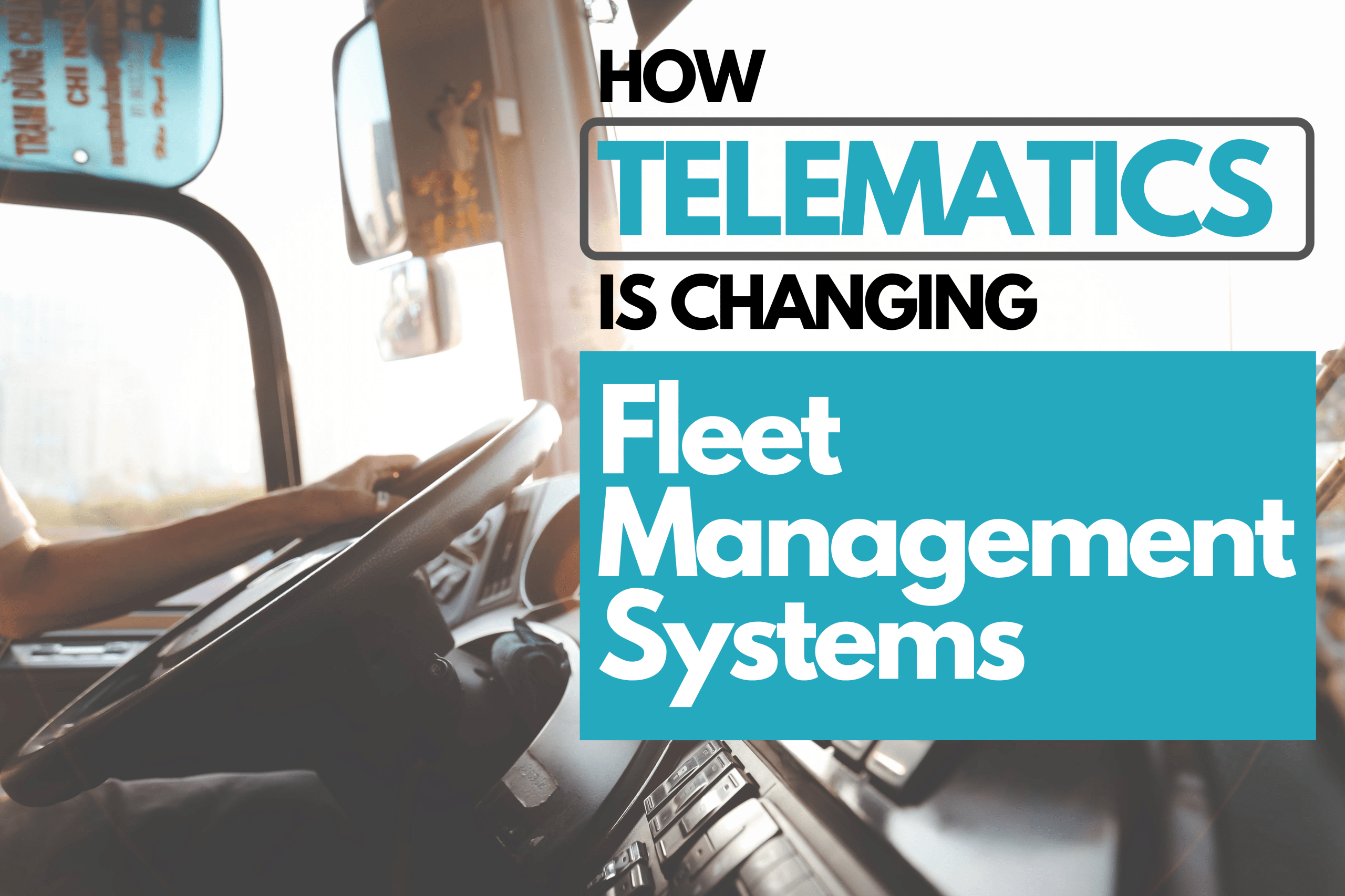By June 21, 2021, all commercial vehicles and trucks in Canada must have approved Electronic Logging Devices (ELDs). If your fleet is still using Automatic On-Board Recording Devices (AOBRDs), now is the time to switch as there is no grandfather clause in Canada to allow AOBRDs after the June 21, 2021 deadline.
Read on to find out what you need to do if you are under the Grandfather Clause and how to make sure your fleet is compliant with the ELD mandate.
What was the grandfather clause? Why is it being eliminated?
According to the FMCSA, the grandfather clause previously applied to older automatic onboard recording devices in the United States. This clause granted a 2 year period for fleets using existing electronic recording devices to transition to ELDs. So, the grandfather clause allowed commercial vehicles to continue using their existing devices between December 18, 2017 and December 16, 2019.
However, in Canada, there is no grandfather clause within the ELD mandate. It was determined by Transport Canada that the orginally proposed 4 year roll out period is no longer necessary given the updates can be made rather quickly. With the removal of the grandfather period, all fleet vehicles and commercial trucks must be using an appropriate ELD by June 21, 2021.
What are AOBRD devices?
Automatic On-Board Recording Devices, or AOBRDs, are designed to automatically or manually record the driver’s duty status. Using these devices means that drivers no longer had to fill out a lot of paperwork. They are also more accurate and reliable for recording HOS than paper logs. However, ELDs are not the same as AOBRDs. This means that these recording devices don’t meet with new guidelines as set out in the Canadian ELD mandate.
What’s the difference between an AOBRD and ELD?
Although ELDs and AOBRDs have similar functions, there are differences between these logging devices. Understanding the difference between ELDs and AOBRDs is the first step in knowing how to comply with the ELD mandate.
One of the key differences of regulation-compliant ELDs from AOBRDs is that they synchronize with the vehicle’s engine. This automatically records motion status, miles driven, driver ID, and duty status.
Another requirement of ELDs is that they are enabled to transmit data immediately to authorized personnel. So, an ELD must send data by Bluetooth, USB, or through its data connection. This was something that isn’t possible with current AOBRDs. Other differences between the ELDs and AOBRDs include:
- Automatically records driving from 8 mph
- No ability to alter auto-generated events
- Record a vehicle’s location at specific times. For example, every 60 minutes, when the engine is turned on or off, and before and after yard moves and driving for personal use.
How do I migrate from AOBRD to ELD?
Of course, to migrate from AOBRD to ELD, it is important to assess your current equipment and future needs.
It is important to remember that when it comes to choosing the best ELD for commercial vehicles, not all ELDs comply with the Canadian ELD mandate. The regulations outlined in the Canada Gazette Part II on June 3, 2019, require third-party accreditation for electronic logging devices. This is one of the key differences between the Canadian and US ELD rule.
To easily migrate to the ELD mandate, it’s important to choose a compliant device. For example, the Garmin ELD Bundle, powered by Geotab complies with all aspects of the Canada ELD mandate. This includes HOS reporting and automatic duty status changes. In addition, the bundle comes complete with an HD dash camera and has Wi-Fi and LTE connectivity.
Another ELD option compliant with the Canadian rule is the Geotab Drive ELD bundle. This ELD has everything you need as it records Hours of Service (HOS), Driver Vehicle Inspection Reports (DVIRs), and helps to improve fleet management.
Why should I switch now instead of waiting for the deadline?
There are many reasons to make the switch now from AOBRD to ELD. A 2018 survey conducted by CarrierLists found that 40% of carriers in the US still need to make the switch before their December 2019 deadline. The same survey found that 80% of these users plan to migrate from AOBRD to ELD at the last minute.
To ensure that your commercial vehicle fleet can operate without any disruption, you should make the switch as early as possible. This allows fleet managers to give appropriate training to drivers so as to avoid the risk of non-compliance. Remember, depending on the number of drivers, it could take weeks to provide all of the appropriate training.
Another reason to migrate to ELD as early as possible is to ensure you get the best possible ELD devices available. Leaving the switch over until the last minute may mean that your choice of suitable device and service provider is limited.
In conclusion
The ELD mandate in Canada will improve road safety and help prevent fatigue among drivers. To ensure this happens, devices fitted to vehicles need to be third-party certified and regulation-compliant. GoFleet ELD solutions help to make sure that your business remains compliant, competitive and efficient at all times.


